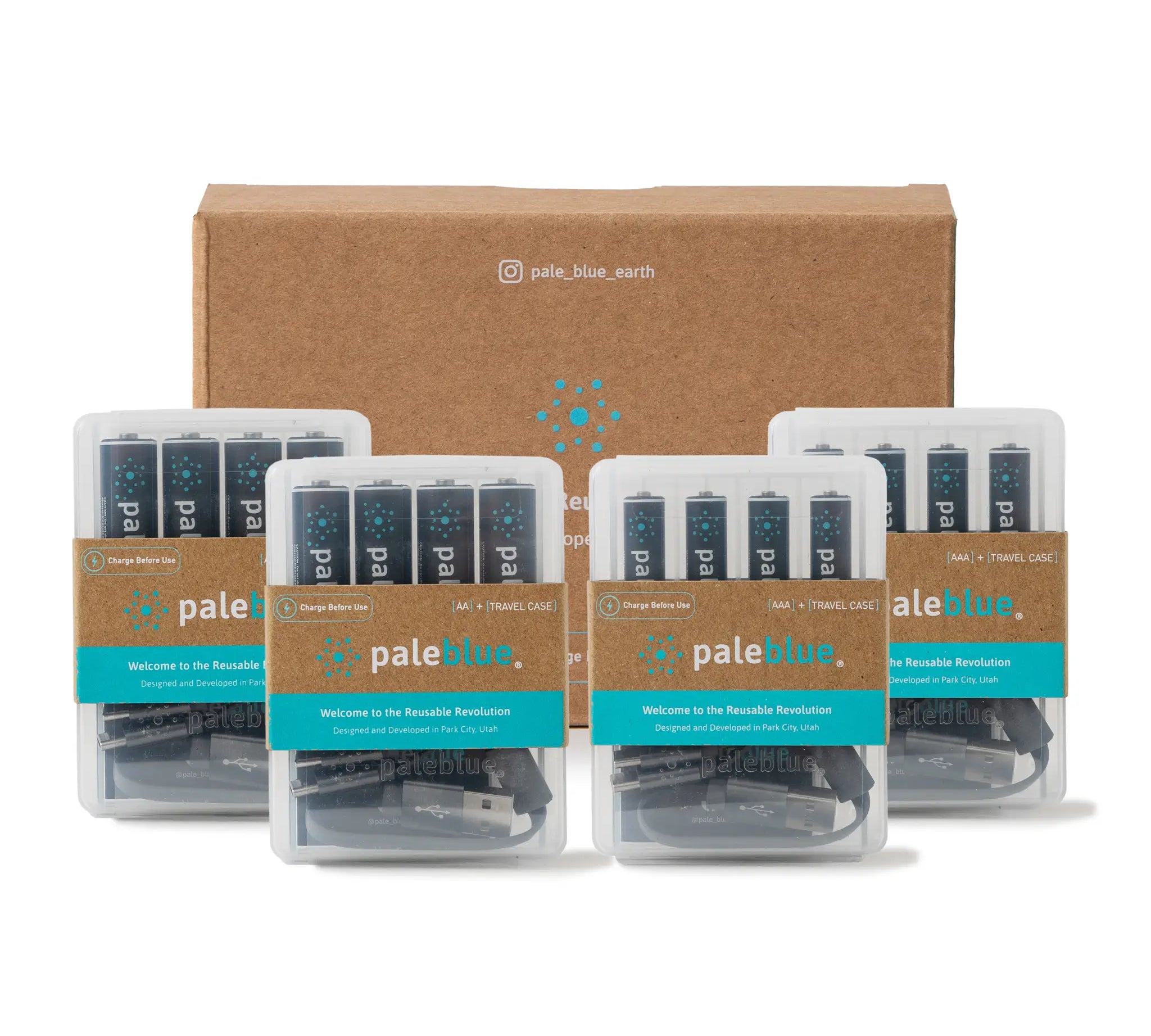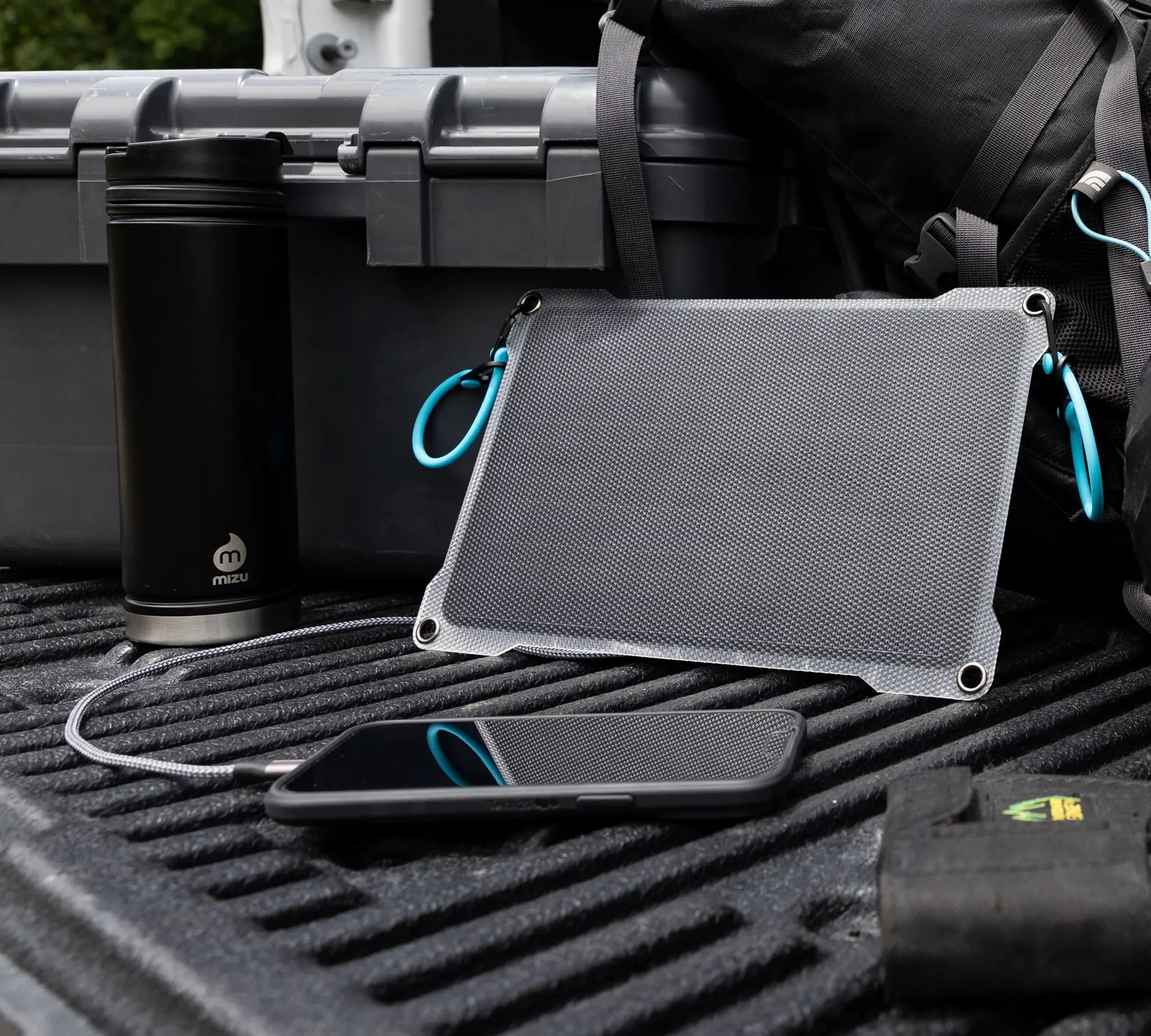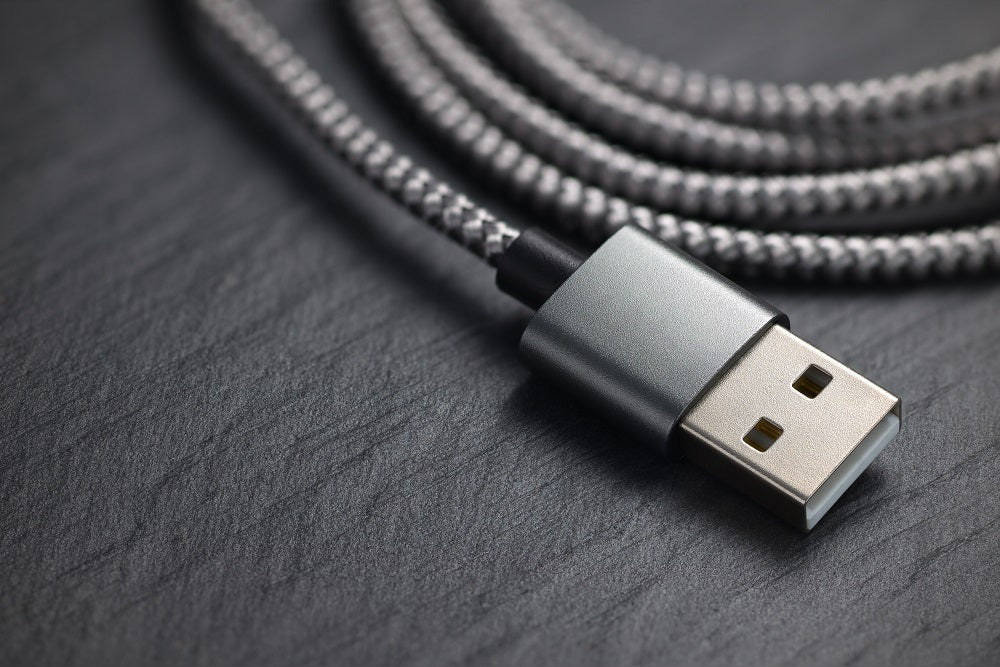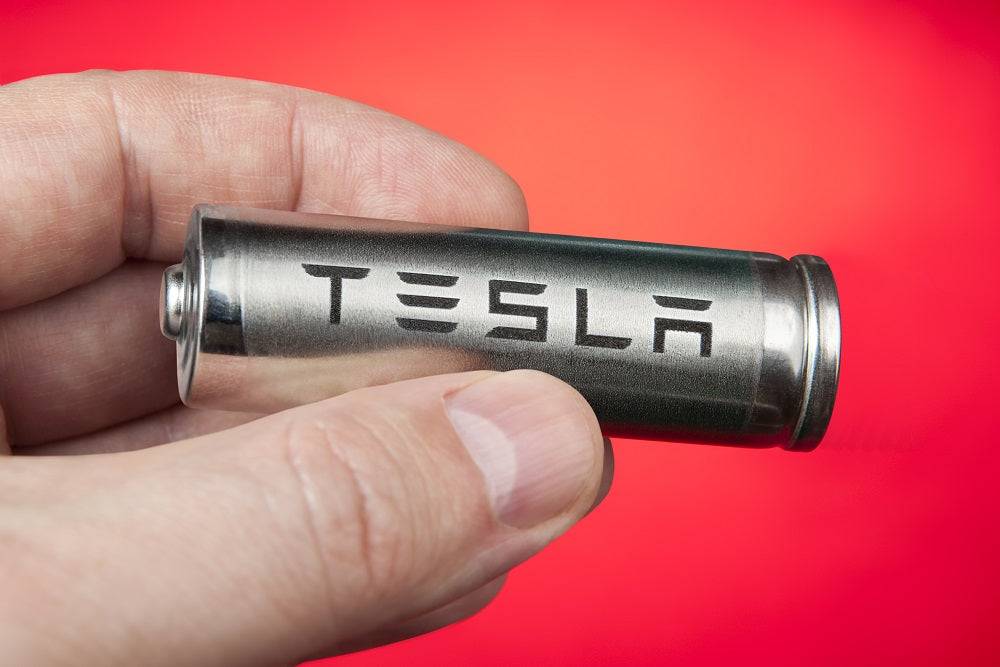The Trash Challenge: 5 Ways to Reduce Trash at Home
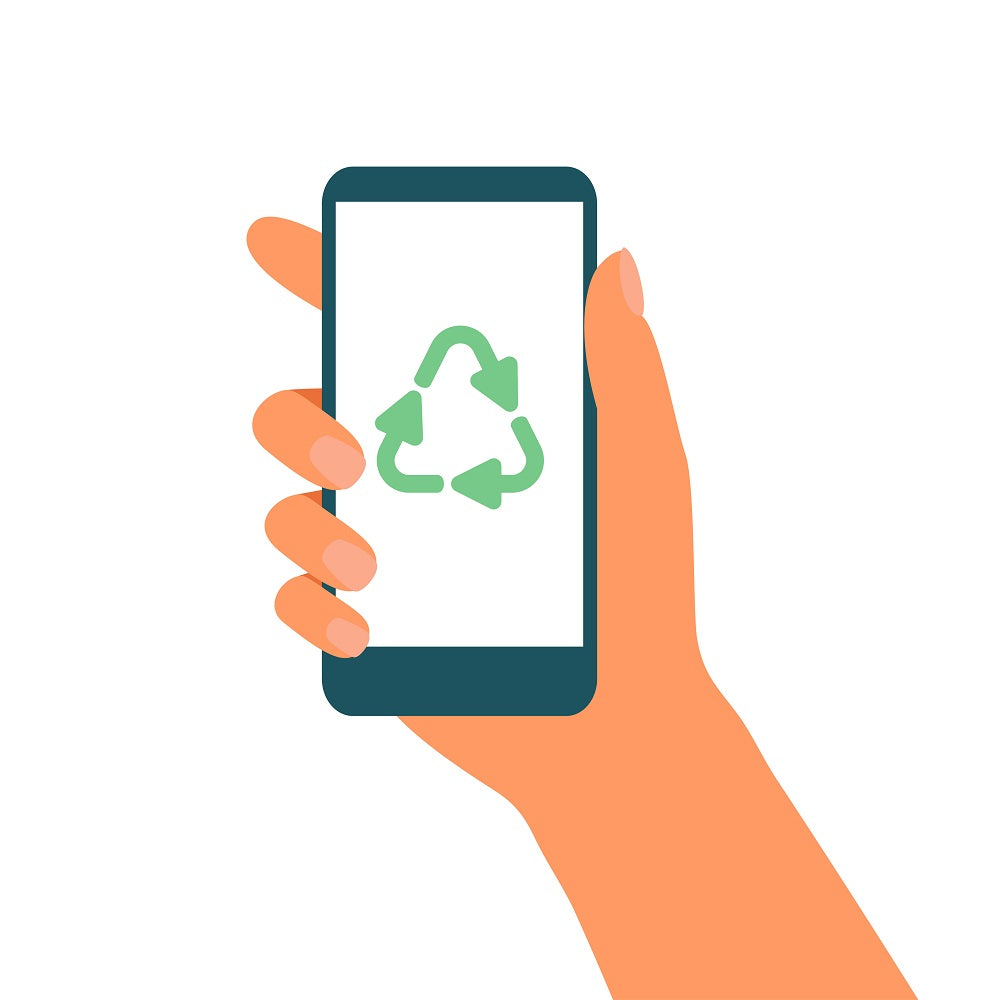
Paleblue's lack of fondness for disposable alkaline batteries is no secret. One of our company's stated goals is to reduce alkaline battery usage as much as we can. We simply hate the idea of throwing so many batteries into landfills every year. We are not big fans of waste in general and are working to have broader impacts on the excess waste situations locally and globally wherever we can.
Switching to lithium-ion batteries is one way to reduce your personal waste stream. But why stop there? In light of our goal to help reduce the waste stream filling up our landfills, we have decided to issue a trash challenge. See if you can reduce the amount of trash you produce at home. Below are five strategies to get you started. If we were all to reduce the amount of trash we produce, we could collectively make a pretty big dent in the global waste stream.
1. Replace Your Batteries
Given the nature of our business, it is logical for us to start by talking about replacing your batteries. Billions of alkaline batteries are sold around the world every year. Tens of millions end up in U.S. landfills. That's a lot of battery waste we don't need to produce. What's more, eliminating it is extremely easy.
A single Paleblue USB rechargeable can replace 1,000 or more alkaline batteries. That's because you can charge our batteries at least 1,000 times. If you are the type of person who buys alkaline batteries every few weeks, just switching to lithium-ion batteries can put a dent in the amount of trash you produce.
2. Avoid All Single-Use Items
A fair percentage of the trash we produce at home is the result of using single-use items. Take paper cups and plates, for example. They certainly are convenient in the sense that you don't have to wash dishes after a meal. But they are also wasteful. They add to the amount of trash you produce with every meal.
Paper tissues are another good example. Why not use cloth handkerchiefs instead? Reusable and compostable shopping bags are now available and getting ever better. Buying food in bulk can reduce the amount of packaging waste too.
3. Eat Your Leftovers
EPA data from 2018 shows that U.S. consumers and businesses produced more than 63 million tons of food waste. Some 68% of that waste ended up in landfills. Think about your own situation. How much food do you throw away? You can reduce your trash volume by not doing it so often. Save your leftovers for another meal. Eating them won't harm you. For your inedible food waste, definitely compost or maybe find a neighbor with some backyard chickens who would love to eat your food waste.
4. Plan Your Meals in Advance
If you are not a big fan of leftovers, you can reduce both your trash volume and the amount of leftovers you have to eat by planning meals in advance. Know exactly what you're going to eat for the next few days before you go to the grocery store. Buy only what you need. Freeze whatever is left from a given meal and use it later on.
5. Reuse Food Containers
In keeping with the food theme, a fifth way to reduce the trash you produce at home is to reuse food containers. That plastic container that your deli meats came in is a perfect receptacle for storing leftovers in the freezer. You can reuse everything from margarine tubs to plastic storage bags.
Are you willing to take the trash challenge? If so, we hope you will discover that replacing your alkaline batteries with USB rechargeable batteries isn't the only way to reduce your personal waste stream. If you can find ways to produce less trash at home, you'll be doing your part to help the planet and setting a good example for others as well.
- Tags: Economical Sustainability


